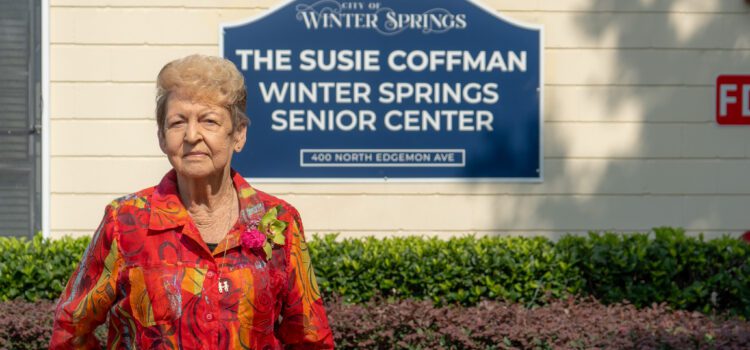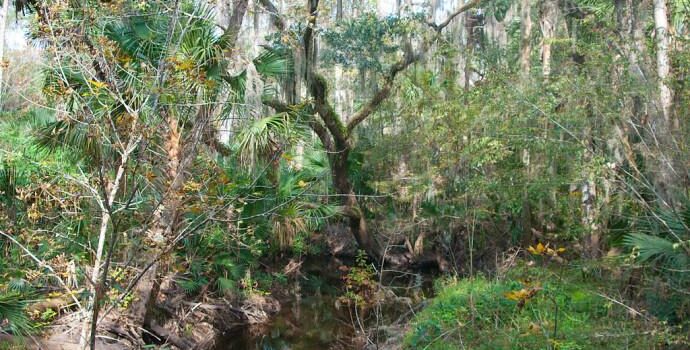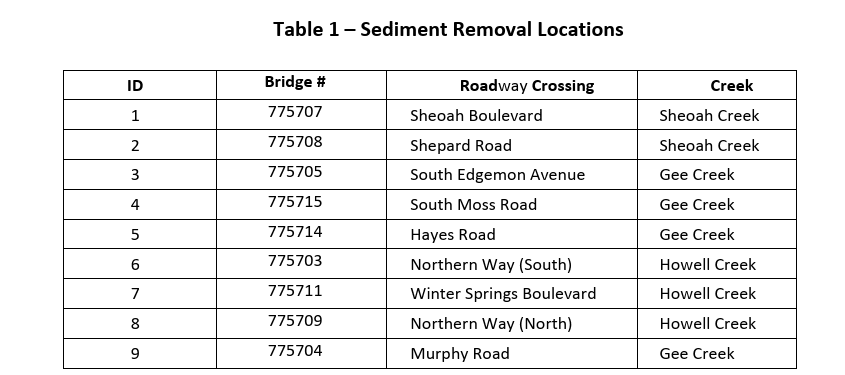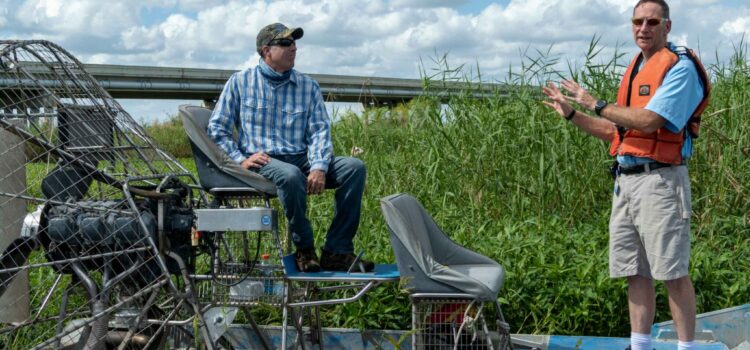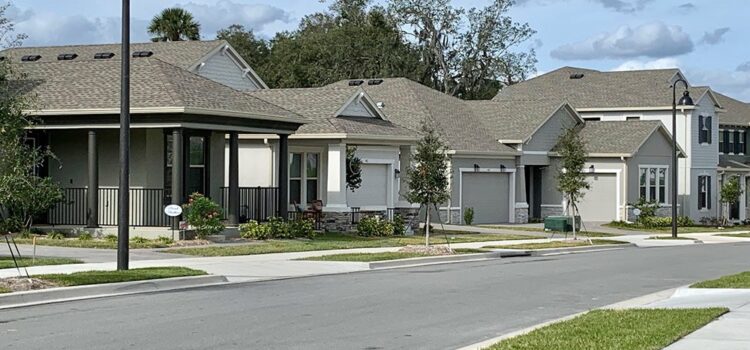At the May 7, 2025 Parks, Recreation & Mobility Advisory Committee meeting, we examined important developments impacting the quality of life for Winter Springs residents. This meeting highlighted both exciting progress and some growing pains—especially in the balance between two booming recreational activities: pickleball and tennis.
Pickleball vs. Tennis at Trotwood Park: A Call for Balance
A major discussion point involved the evolving use of Trotwood Park’s courts, and how the recent expansion of pickleball facilities is affecting our tennis community.
Here’s what you need to know:
- Central Winds Park now hosts 14 dedicated pickleball courts, built in 2023 at a cost of approximately $3.2 million.
- Trotwood Park currently features one tennis court and four lined pickleball courts (with temporary nets).
- The city now has 19 pickleball courts and only one tennis court.
- Tennis players have voiced growing frustration over diminished access, frequent foot traffic from pickleball players, and unsuitable playing conditions.
- As a result, participation from tennis players has dropped significantly, with many traveling to other cities to play.
During the meeting, multiple residents and committee members raised the concern that pickleball is displacing tennis altogether in Winter Springs. Suggestions included dedicating Trotwood to tennis and consolidating pickleball activity at Central Winds Park, which already functions as a regional pickleball destination.
As your Commissioner, I am advocating for a deeper review of usage data and feasibility of restoring a second tennis court at Trotwood. I encourage all residents to share their perspectives on this issue by reaching out directly to my office.
Parks Improvements and Key Project Updates
City staff shared a number of exciting developments across our parks system:
- Over 1,200 trees were delivered through the city’s annual Tree Giveaway.
- Central Winds Park fields will undergo seasonal maintenance from May 26 through August 3.
- Lighting improvements at Central Winds have been completed, eliminating previous noise and flicker issues.
- Pavilion installations at Trotwood and Torcaso Parks are underway, with additional plans for upgraded restrooms, grills, and landscaping improvements at multiple park sites.
- The city is exploring amphitheater lighting upgrades and trail surface improvements as part of the Central Winds Master Plan.
Community Events and Engagement
Our programming continues to engage hundreds of residents of all ages:
- The “Fish Winter Springs” program sold out in under two minutes, with more than 75 residents placed on a waitlist.
- The annual Father-Daughter Dance welcomed over 350 attendees.
- More than 600 children participated in the city’s Easter Egg Hunt in March.
- The upcoming July 4th “Celebration of Freedom” is expected to draw thousands.
Policy Priorities Going Forward
During public discussion and committee dialogue, several recurring themes and concerns emerged:
1. Accessibility at Major Events
We must improve accessibility at high-traffic events like July 4th, including proper signage, curb cuts, and temporary but enforceable ADA-compliant parking options. I’ve requested city staff and leadership implement changes before this year’s event.
2. Trail Connectivity and Pedestrian Access
Residents expressed a strong interest in improving the trail and sidewalk system to better connect neighborhoods and reduce reliance on cars. This is especially important for safe routes to parks, schools, and cross-Seminole trail access points.
3. Budget Transparency
Committee members requested a clearer picture of how the current $3.5 million parks budget is allocated, including general maintenance vs. capital improvements. We will review this in the next meeting to help guide future spending recommendations.
4. Environmental Preservation
As development continues, it’s essential that Winter Springs upholds its “Tree City USA” legacy. I support preserving natural parkland, expanding shaded green space, and ensuring thoughtful planning around native wildlife habitats.
Final Thoughts
Winter Springs is fortunate to have a robust and growing parks system, but growth must come with balance. Whether you’re passionate about tennis, pickleball, trails, or preserving natural beauty, our community thrives when all voices are heard.
The next Parks & Recreation Committee meeting is scheduled for August 6, 2025. I hope you’ll attend or reach out to share your thoughts in advance.
Let’s continue working together to make Winter Springs a place where residents of all ages and interests can live, play, and thrive.
Contact Commissioner Victoria Bruce
Email: victoria@victoriaforwintersprings.com
Website: www.victoriaforwintersprings.com

